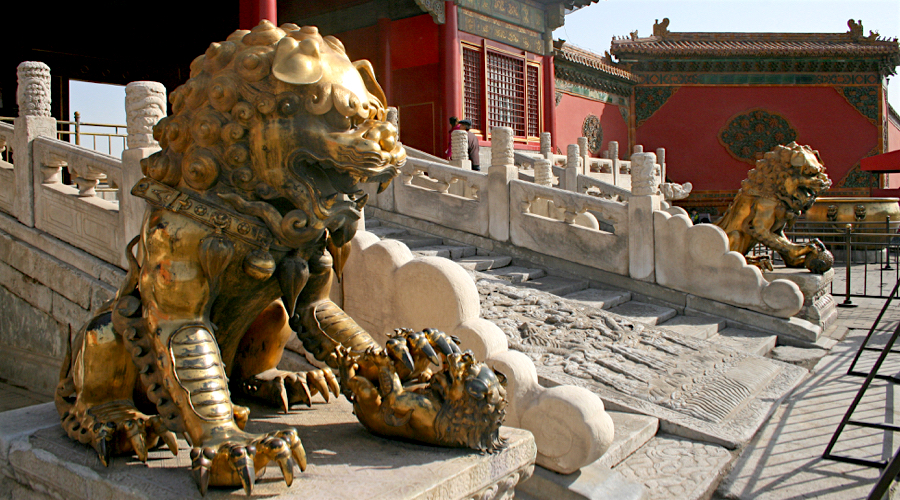
Chinese miners have been aggressively scouting for overseas mining acquisitions this year and are expected to continue bidding for strategic assets amid a commodity downturn that has pushed top miners to shore up their balance sheets by off-loading operations.
Only from January to June this year, China-backed funds and companies snapped up $4.5 billion worth of overseas mining assets, or 18.2% more than in the same period last year, according to a report by Mergermarket and international law firm Baker & McKenzie.
Large state-owned companies no longer dominate the acquisitions scene. Increasingly, private and provincial-backed firms are joining the hunt for supplies of raw materials.
So far this year, China Molybdenum has emerged as the main buyer. In May, the company acquired Freeport-McMoRan’s stake in the Tenke Fungurume mine in Congo for $2.65bn and, a month earlier, it agreed to buy niobium and phosphate assets in Brazil from Anglo American (LON:AAL) for $1.5bn.
But unlike previous years, large state-owned firms no longer dominate the acquisitions scene, the experts say. Increasingly, private and provincial state-backed firms are joining the hunt for supplies of raw materials as they also try diversifying their portfolios.
As an example the analysts mention Jiangxi Ganfeng Lithium, China’s second largest producer of the so called “white gold” and the country’s biggest maker of battery-grade lithium, which late last year acquired 43% of the Mount Marion lithium project in Western Australia.
Infrastructure construction firm Sichuan Railway Investment Group (SRIG) is another case in point. Last month, the firm signed a A$330 million deal with Alton Mining to acquire 60% of a copper-gold mine in Queensland, Australia.

Other than copper and cobalt, Chinese firms are expected to continue searching for gold assets, even though the commodity has risen almost 25% this year. As the world’s top consumer (China consumes around 1,000 tonnes of the precious metal a year) and main producer of refined gold, it is expected that cash-flush Chinese firms will embark on a new quest to reduce its dependency on international producers.
Most firms are after existing operations and companies, rather than trying to build mines from scratch.
Most of them, however, will be looking at existing gold deposits and companies, rather than building mines from scratch.
Zijin Mining, China’s biggest gold company by market value, has accounted for most of the country’s outbound gold investment. Last year, it acquired a 50% in Barrick Gold’s (TSX, NYSE:ABX) Porgera operation in Papua New Guinea for $298 million.
Zhaojin Mining Industry Co. Ltd., another leading Chinese gold company, said earlier this year it was also looking at overseas gold mines and projects. The company is exploring the option of picking up equity in gold mines in developed markets such as Australia and Canada, but it is also considering gold projects in developing markets, such as South America.
2 Comments
Michael Alyoshin
$4.5bn is not that much when we’re talking about China- it used to spend 10 to 15 times more before global financial crisis.
Binary Strategy
$4.5 Billion is significant chinese investment it will be sure to increase in 2018. My main worry is that the Chinese companies have little or no social responsibility , no proper environmental planning or significant investment in infrastructure in Congo. Once again the indigenous African loses out. Companies like Coltan Mining Limited have a different approach once investment sweet spot is found. We implement an ongoing investment in infrastructure , renewable energy , the environment and social responsibility projects. for more information contact
[email protected] visit: http://www.coltanmining.com